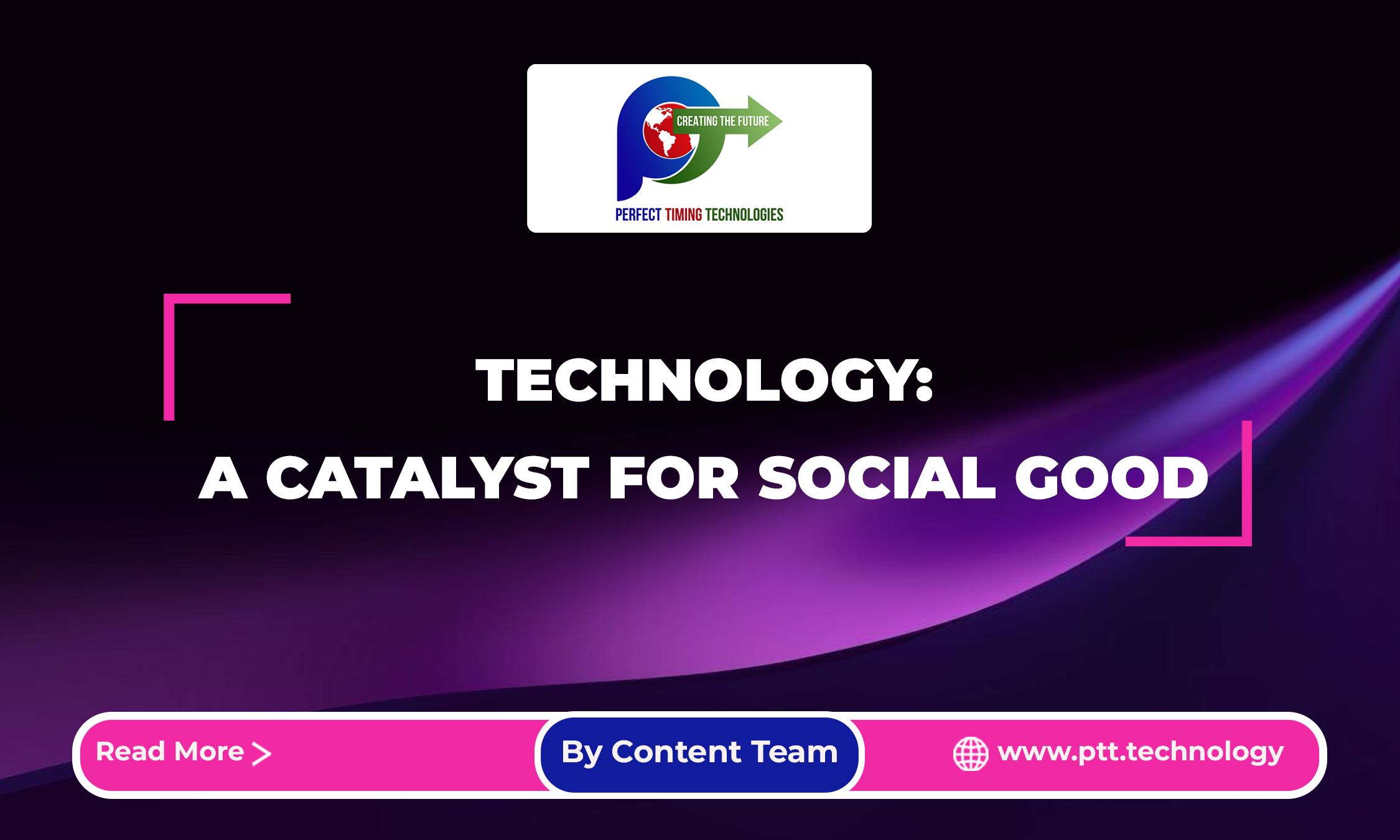
The impact of technology on society has been overwhelmingly positive. It has revolutionized our lives by making them more convenient and secure, providing us with once-unimaginable experiences. Technology can bring about social good through the use of connected devices. However, although we have already witnessed technology’s positive impact on humanity, there is still untapped potential. I want to highlight a few key trends where technology has the potential to drive positive social impact in the near future.
Improving education worldwide
Technology’s potential to enhance young people’s education worldwide is immense. Smart, connected classrooms offer more than just the integration of tablets to improve digital skills. They present a new approach to learning that is collaborative, interactive, and enriched with diverse content. Access to quality educational materials and developing digital skills can level the playing field for children in disadvantaged communities. For example, Samsung has opened over 1,000 smart schools in 92 countries since 2013, tailored to children aged 6 to 16. More than 270,000 students have gained valuable experience with digital learning through these initiatives.
Another educational innovation to note is the Samsung Digital Academy, a contemporary learning hub for individuals aged 16 to 24. These academies have advanced digital classrooms and research facilities that offer practical and professional training. They aim to equip young individuals with the digital skills required for future job opportunities. Currently, over 120 academies have been established and have trained 17,000 people.
Enhancing healthcare accessibility in underprivileged regions
Smart technology is set to revolutionize healthcare, especially in areas with limited access to quality healthcare. Sub-Saharan Africa is home to over 60% of the population living in remote regions, which poses a significant challenge for healthcare provision. However, technology presents an opportunity to bridge this gap. Solar-powered mobile health centres have provided medical assistance to these remote communities. The region, over the years, has benefitted from mobile care units. By integrating connectivity into medical and smart mobile devices, individuals can monitor their health and conveniently share the results with their healthcare providers. In emergencies, paramedics can transmit test results to hospitals in advance, enabling prompt and precise treatment.
Share access to smart solutions
The use of digital technologies has been limited for people with disabilities in the past, but fortunately, things are changing. With new advancements, everyone can benefit from increased opportunities. Smartphones, for instance, have various accessibility features. For example, visually impaired individuals can easily access the context menu by swiping their fingers across the screen and activating voice control. A great example of technology being used for social good is the Samsung EYECAN+. This mouse enables users to navigate the internet with just eye movements, making it accessible to those who cannot use a traditional mouse. These are only a few examples of how technology can positively impact society.
Our goal should be to create a smarter and more connected world through digital transformation. There is a technological trend that has the potential to revolutionize our world for the better. You may have come across the concept called the Internet of Things or IoT. It aims to connect our physical and digital worlds by equipping everyday objects with sensors, connectivity, and computing power. This intelligent combination of devices is designed to enhance our lives by making them more efficient and convenient. People power it. An example of IoT is when you have an early morning commute to work, but your home knows the construction work along your route and wakes you up earlier to give you enough time. As you leave, your home automatically shuts doors and windows and switches off the air conditioning or heating to conserve energy while you’re away. Later, when you’re on your way back, your car’s navigation system informs your home to turn on the heating. Cars also coordinate with each other for a balanced traffic flow. And when you reach home, the music you were listening to in the car continues seamlessly on your audio system.
As technology advances, we now have televisions that detect when you leave or enter the room and automatically pause or resume the movie. Additionally, washing machines can be conveniently monitored and controlled using a smartphone. Such innovations greatly enhance our everyday lives by transforming mundane moments into enjoyable experiences. Furthermore, the Internet of Things (IoT) has the potential to transform our world by improving urban accessibility and aiding regions affected by drought to conserve water. Remarkably, we don’t have to wait for the distant future to witness the growth of IoT technology. This innovation is already here, and the IoT ecosystem is expanding.
The world has reached a turning point in its relationship with technology. It is no longer about things or machines. It is about people. Innovations are emerging based on a deeper understanding of people’s needs. Technology is positioned to be an excellent social enabler. People can collaborate from all over the world to learn and share knowledge. Therefore the aim should be to leverage the global network and the massive investments that come with innovation to unlock technology opportunities for society worldwide.







